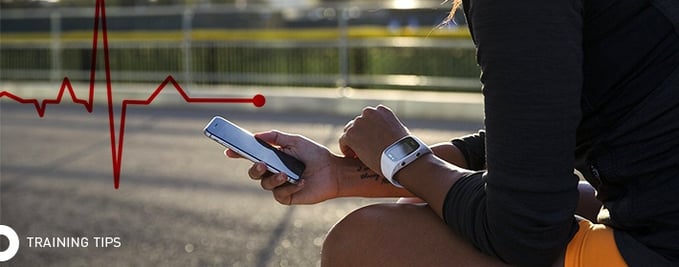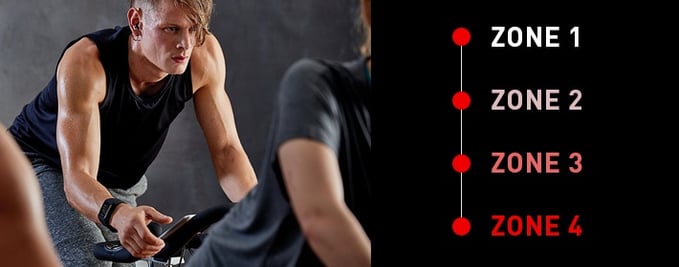Understanding Heart Rate Target Zones

It is becoming increasingly clear that reaching heart rate target zones is becoming increasingly clear that reaching heart rate target zones is more important than achieving a certain number of beats per minute. Hitting the target heart rate zone is essential to finding the "sweet spot" of exercise in which the body is pushed hard but not to the point that an injury occurs.
Target Heart Rate Zones
The target heart rate zone is the range your heart rate should reach during exercise. A high heart rate is essential to achieving optimal fitness. A heart rate monitor will help you monitor your beats per minute, reach and sustain the target zone. In order to determine your target heart rate one, you must first know your heart's beats per minute. Count your pulse beats per minute to establish your resting heart rate.
The typical person's resting heart rate is usually in the range of 60 and 100. Especially fit individuals have a heart rate of 40-50 beats per minute. Instead of doing a bunch of math to determine the exact beats per minute you should strive for, you can wear a heart rate monitor or other fitness tracking device and let the tech do the work for you. In fact, some such devices actually illuminate when you reach target heart rate zones. This means you don't have to rely on charts or other calculations to pinpoint the target heart rate zone or maximum heart rate. The figures optimal for you are not the same for the next person however. Meet with your doctor and personal trainer, use a heart rate monitor when exercising and monitor your heart rate as necessary to truly hone in on your "sweet spot".
Read more about Who Should Use a Heart Rate Monitor →

Stay in the Target Heart Rate Zones
Your heart rate monitor will notify you when you reach the target zone. Stay in this zone so your heart works at just the right level of intensity and you'll get the most out of your workout. There won't be any risk of pushing yourself too hard or wasting time on a workout that proves ineffective. This isn't to say you have to spend the entirety of your workout in the target heart rate zone. Rather, reaching a specific heart rate zone for the majority of your workout will help you obtain the best results.
The first zone, known as Zone 1, should be comfortable and easy-going. This is the zone for warm-up periods and cool down sessions. The second zone, Zone 2, is reached when you are going about three-quarters as hard as you can. You should be able to hold a conversation in this zone. Zone 3 is intense yet you should still be able to say fragments of sentences. Hit Zone 4 and you will be pushing yourself nearly as hard as you can. This is an unsustainable pace.
You might be able to squeeze out a few words when in Zone 4, yet you won't be able to communicate in a meaningful manner. Most workouts are spent in Zone 2 and Zone 3. If you don't have your heart rate monitor, use the talk test to gauge the hart rate zone you achieve. Your ability to form sentences, fragments or single words is a telltale sign of how hard you are pushing yourself during a workout.

Maintain a Reasonable Heart Rate Zone
Check your heart rate monitor while working out to ensure you are in the target heart rate zones. Continuously gauging your heart rate will help you exercise at a heart-healthy pace and ultimately enhance your health. Remain within the target zones and you won't burn out before you achieve your goals. Achieve the target heart rate zones ideal for your body and you will rest easy knowing you got the most out of your workout.
Empower your staff and reassure your community with our FREE downloadable cleaning and disinfecting guides for fitness centers, educational settings, hospitality facilities and more.




